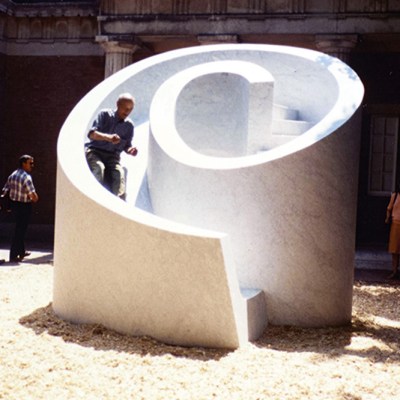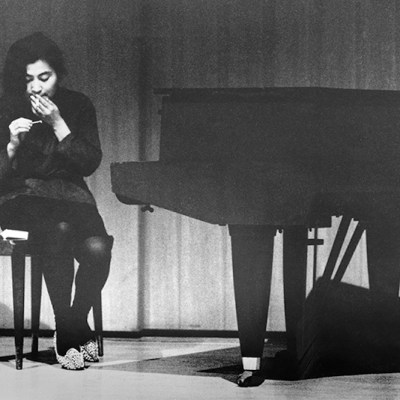
 ‘Four things to see’ is sponsored by Bloomberg Connects, the free arts and culture app. Bloomberg Connects lets you access museums, galleries and cultural spaces around the world on demand. Download the app here to access digital guides and explore a variety of content.
‘Four things to see’ is sponsored by Bloomberg Connects, the free arts and culture app. Bloomberg Connects lets you access museums, galleries and cultural spaces around the world on demand. Download the app here to access digital guides and explore a variety of content.
Each week we bring you four of the most interesting objects from the world’s museums, galleries and art institutions, hand-picked to mark significant moments in the calendar.
Fifty-three years ago today, John Lennon invited the world to ‘Imagine’ a more peaceful planet. With its reassuring melody and idealistic lyrics, the song transcended its era to become a global anthem for hope and possibility – and though the song may seem naive in some respects, it’s important to remember that imagination is a powerful thing. It is nothing less than the incubator of all creativity, and essential to all artistic endeavour.
From Salvador Dalí’s surreal dreamscapes to the speculative worlds of Afrofuturism, artists have long drawn from altered states and wild imaginings, pushing aesthetic boundaries to capture visions of the future. Imagination is not just an escape: it is a powerful tool of hope in dark times, a way to envision new ways forward. From visionary designers crafting new ways of living to artists imagining bold futures, it is in these daring creations that art finds its most transformative expressions.
Taking inspiration from ‘Imagine’, we take a look at four artworks that invite us to imagine new possibilities and open our minds beyond the boundaries of the everyday.
Installation view of La Fée Electricité (The Electricity Fairy, 1937) by Raoul Dufy at the Musée d’Art Moderne (MAM) in Paris. Photo: © Musée d’Art Moderne de Paris/Paris Musées/Pierre Antoine

La Fée Electricité (The Electricity Fairy, 1937), Raoul Dufy
Musée d’Art Moderne (MAM), Paris
This mural by Raoul Dufy was commissioned to illustrate the history of our relationship with electricity and the transformations it has enabled. An imaginative and expansive vision that blends science, technology, mythology and historical fact, the 600 sqm painting has recently undergone significant restoration, itself a technological feat that used drones to photograph the work and involved the installation of new lighting that ensures the ‘spirit of Electricity’ is appropriately lit up. Find out more on the Bloomberg Connects app by clicking here on your mobile device, or by scanning the QR code at the bottom of this page.
The Blue Forest (1925), Max Ernst. Art Institute of Chicago. Photo: © 2018 Artists Rights Society (ARS), New York / ADAGP, Paris
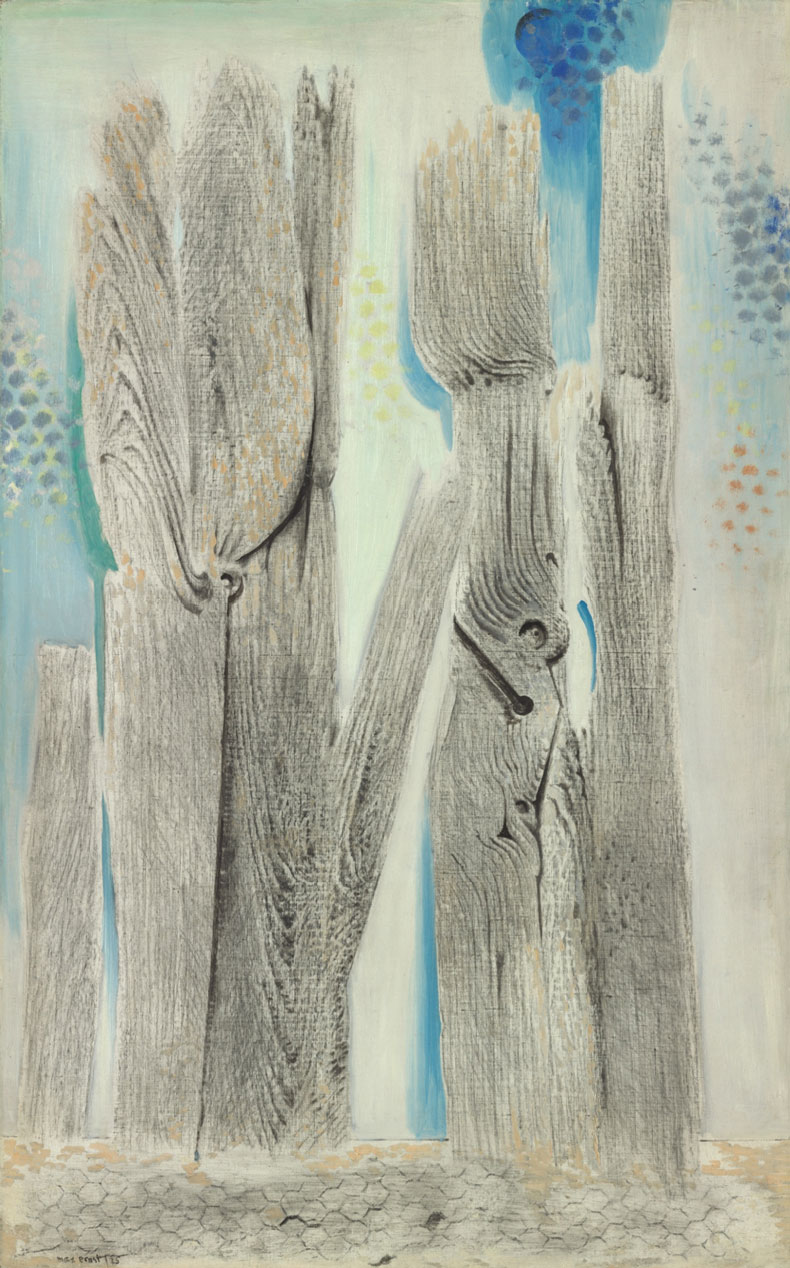
The Blue Forest (1925), Max Ernst
Art Institute of Chicago
In The Blue Forest, Max Ernst immerses us in a strange landscape, with towering abstract forms emerging from a forest of wooden planks, eyes and nails. The painting was created using his frottage and grattage techniques, involving rubbing and scraping paint over textured surfaces like wood and wire mesh, allowing chance patterns to emerge, speaking to the imagination and the unconscious mind. Click here to find out more.
Installation view of the Dikubu series (2013) by Mohau Modisakeng at the Zeitz Museum of Contemporary Art Africa (Zeitz MOCAA), Cape Town. © the artist
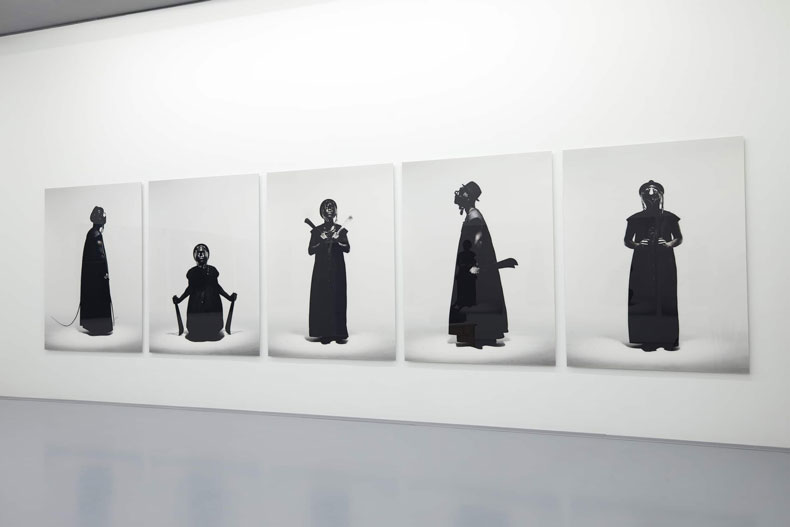
Dibuku series (2013), Mohau Modisakeng
Zeitz Museum of Contemporary Art Africa (Zeitz MOCAA), Cape Town
The work of the Soweto-born artist Mohau Modisakeng explores, with great imagination, the socio-economic and political history of South Africa and the violence that remains in the collective memory. In this series of photographs, imposing figures bear various props, blades and whips, including a cattle prod known as a ‘dikubu’. The figures’ robes and masks make them appear both ancient and futuristic; memorials to a violent past and harbingers of an ambiguous future. Click here to find out more.
Small Labyrinth (1959), Constant Nieuwenhuys. Kunstmuseum Den Haag. Photo: Tom Haartsen; © Constant/Fondation Constant
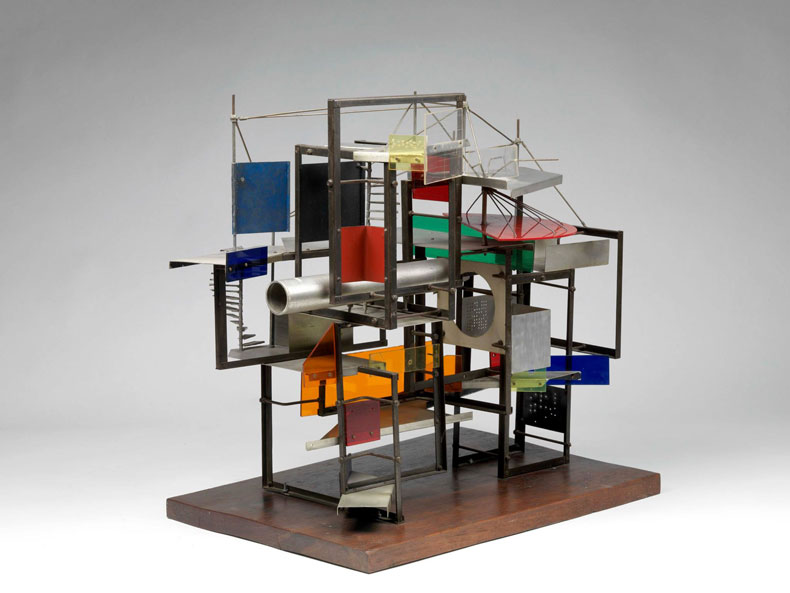
Small Labyrinth (1959), Constant Nieuwenhuys
Kunstmuseum Den Haag
From 1956 to 1974, Dutch artist Constant Nieuwenhuys worked on New Babylon, a visionary model for a new world that included maps, paintings, maquettes, drawings, films, texts and lectures. It was a world without borders, without work, and one that emphasises the importance of play. Small Labyrinth is one of his more abstract creations: a maze-like playground environment that invites new ways to move, to be and to live. Click here to find out more.
![]() ‘Four things to see’ is sponsored by Bloomberg Connects, the free arts and culture app. Bloomberg Connects lets you access museums, galleries and cultural spaces around the world on demand. Download the app here to access digital guides and explore a variety of content or scan the QR code.
‘Four things to see’ is sponsored by Bloomberg Connects, the free arts and culture app. Bloomberg Connects lets you access museums, galleries and cultural spaces around the world on demand. Download the app here to access digital guides and explore a variety of content or scan the QR code.


